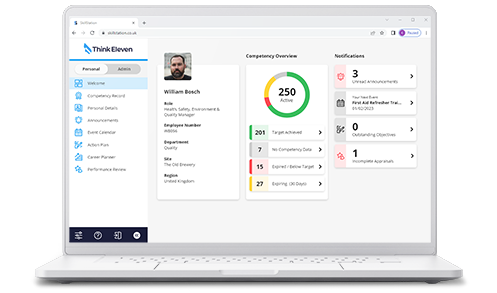Spoofing Attacks eLearning Course
Overview
If you thought that spoofing was just imitating something for fun, then think again. Scammers use ‘spoofing’ techniques to pretend to be someone or something that they aren’t. Why? To get access to your money or data, or to gain access to your device or your employer’s system. Nothing fun about that. Spoofing can mean that you get tricked into clicking on malicious links or downloading malicious software. Falling for these nasty tricks or always believing that emails and texts are genuine puts you or your company at risk of loss..
Outline Learning Objectives:
- Recognise the types of spoofing
- Explain how spoofing attacks work
- Demonstrate how to detect and protect against spoofing attacks
Who should take this course
There are lots of ways that a fraudster might try to spoof attack you, but they all rely on one essential element to be successful – the naivety and trusting nature of their would-be victims. But there are steps you can take to defend yourself. This course is gonna teach you the rules to help you not just survive but completely avoid a spoof attack.
This course has a minimum of 25 learner registrations for us to provide a quotation.
Request a Quotation- Language
- UK
- Date last updated
- 4/26/2021
- Duration
- 20 Minutes
- Suitable Devices
-
- PC
- Phone
- Tablet
- Audio is Required
-
- Yes
- Includes Video
-
- Yes
- Downloadable Resources
-
- Workbook
- Completion Criteria
-
- Visit all pages
- Pass Mark
-
- None
- Course Technology
-
- HTML5
- SCORM 1.2
- Can be customised
-
- No
- Accreditation or Endorsements
-
- CPD
- Languages
-
- Closed Captions
- English
